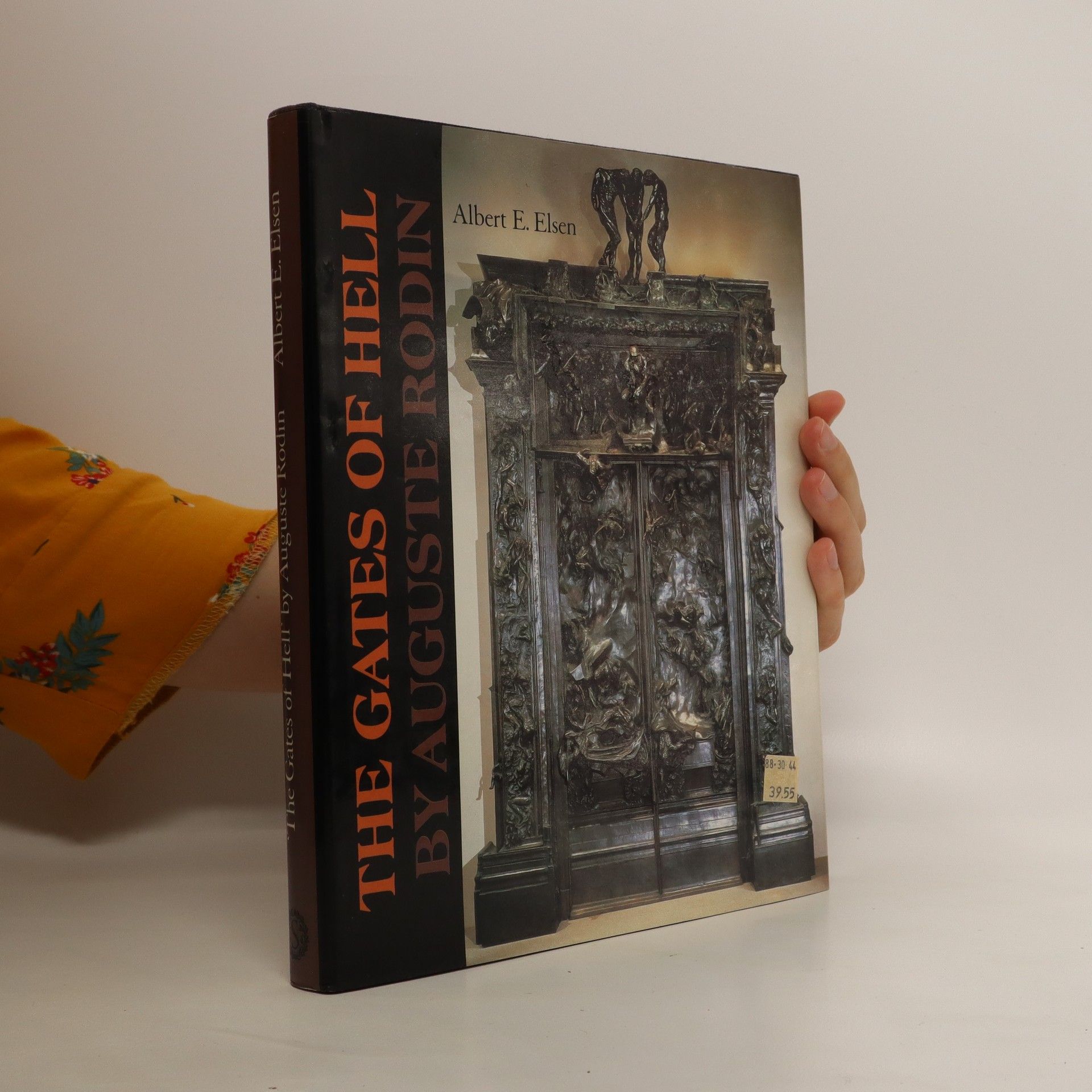Library Journal: "A one-man Rodin industry, Elsen (Art History, Stanford) has written several books on the father of modern sculpture; and this is his second on ``The Gates of Hell.'' In the present richly illustrated volume, Elsen tells the story of the creation of the gates from the first preliminary drawings through their successive metamorphoses. Included are a panel-by-panel illustrated tour of the gates and a concluding chapter on Rodin's time. Free of the usual art historical cant, this is a very readable contribution containing much material of general interest on Rodin's emergence as one of the great sculptors of world history."--Raymond L. Wilson, Humanities Department, San Francisco State University
Albert E. Elsen Book order
Albert Edward Elsen was a distinguished professor at Stanford University, a scholar of Auguste Rodin, and a historian of modernist art. His work focused on analyzing key figures and movements in art, emphasizing critical evaluation and a deep understanding of artistic creations. Elsen's contributions illuminated the evolution of modern art and its impact on subsequent generations of artists and theorists.

- 1985